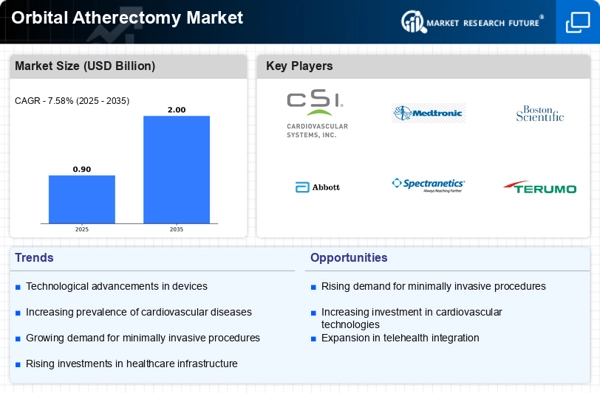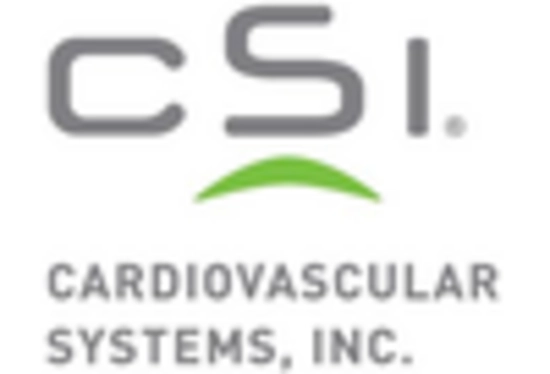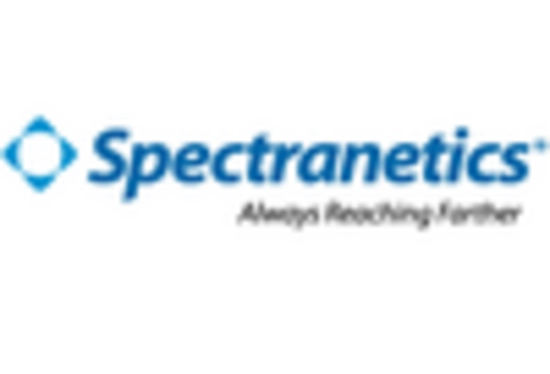Supportive Reimbursement Policies
Supportive reimbursement policies are increasingly influencing the Orbital Atherectomy Market. As healthcare systems recognize the cost-effectiveness of minimally invasive procedures, reimbursement frameworks are evolving to support the use of advanced technologies like orbital atherectomy. This shift is likely to encourage healthcare providers to adopt these devices more readily, as financial barriers diminish. Furthermore, favorable reimbursement rates can enhance patient access to these innovative treatments, thereby driving demand. The alignment of reimbursement policies with the needs of both patients and providers is expected to bolster the market for orbital atherectomy.
Growing Demand for Personalized Medicine
The trend towards personalized medicine is emerging as a significant driver for the Orbital Atherectomy Market. As healthcare shifts towards tailored treatment approaches, the ability to customize interventions based on individual patient profiles becomes increasingly important. Orbital atherectomy offers the potential for personalized treatment strategies, particularly in complex cases where traditional methods may fall short. This growing demand for individualized care is likely to propel the adoption of orbital atherectomy devices, as clinicians seek to optimize outcomes for their patients. The intersection of personalized medicine and advanced vascular interventions is expected to create new opportunities within the market.
Technological Innovations in Medical Devices
Technological advancements play a crucial role in shaping the Orbital Atherectomy Market. Innovations such as improved device designs, enhanced imaging techniques, and real-time feedback mechanisms are transforming the landscape of vascular interventions. These advancements not only increase the efficacy of procedures but also reduce recovery times for patients. The introduction of next-generation orbital atherectomy systems, which offer greater precision and safety, is expected to drive market growth. As healthcare providers increasingly adopt these cutting-edge technologies, the orbital atherectomy market is poised for significant expansion.
Increasing Prevalence of Cardiovascular Diseases
The rising incidence of cardiovascular diseases is a primary driver for the Orbital Atherectomy Market. As populations age and lifestyle-related health issues become more prevalent, the demand for effective treatment options escalates. According to recent data, cardiovascular diseases account for a substantial percentage of global mortality rates, prompting healthcare providers to seek innovative solutions. Orbital atherectomy, known for its ability to treat complex lesions, is gaining traction among clinicians. This trend is likely to continue, as the need for advanced therapeutic interventions grows, thereby expanding the market for orbital atherectomy devices.
Rising Awareness and Education Among Healthcare Professionals
The growing awareness and education regarding the benefits of orbital atherectomy among healthcare professionals is a notable driver for the Orbital Atherectomy Market. As more clinicians become informed about the advantages of this technique, including its effectiveness in treating calcified lesions, the adoption rates are likely to increase. Educational initiatives, workshops, and training programs are being implemented to enhance the skill sets of healthcare providers. This trend is expected to foster a more favorable environment for the utilization of orbital atherectomy, thereby contributing to market growth.

















Leave a Comment